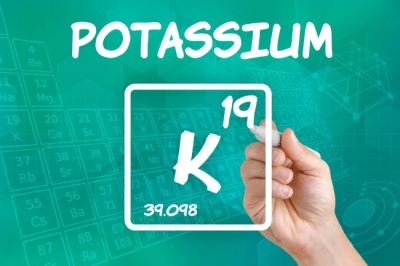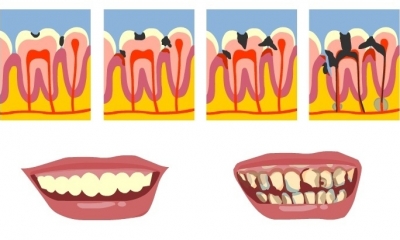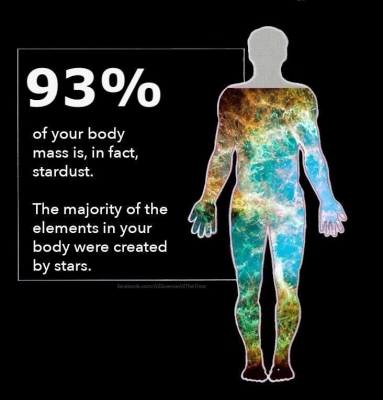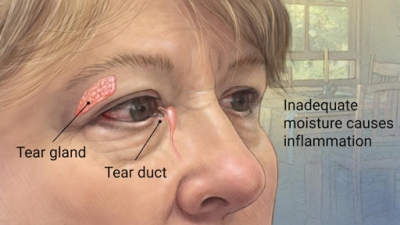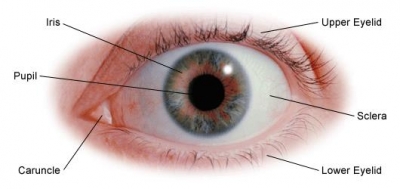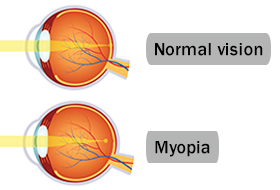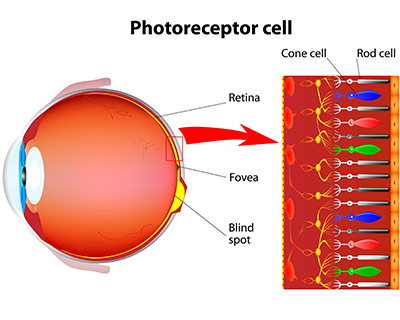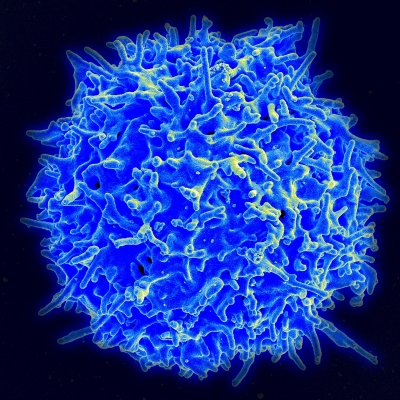
T cells originate from haematopoietic stem cells which are produced in the bone marrow. Some of these multipotent cells will become progenitor cells that leave the bone marrow and travel to the thymus via the blood. In the thymus these cells mature: T cells are named after their thymus-dependent development.
T cells undergo a selection process in the thymus, which the majority of developing T cells (called thymocytes) will not survive. Thymocytes that interact with self-MHC molecules receive positive signals for survival, and thymocytes that have receptors to self-antigen molecules receive negative signals and are removed from the repertoire.
Each T cell will develop its own T cell receptor (TCR) that is specific for a particular antigen. T cells that survive thymic selection will mature and leave the thymus. They will circulate through the peripheral lymphoid organs, each ready to encounter a specific antigen and become activated. Once activated, the T cell will proliferate and differentiate into an effector T cell.
The thymus involutes as we age and so produces fewer naïve T cells over time. This means that older people have reduced T cell diversity, which contributes to the increased susceptibility to infections seen with age.
Picture Credit : Google




